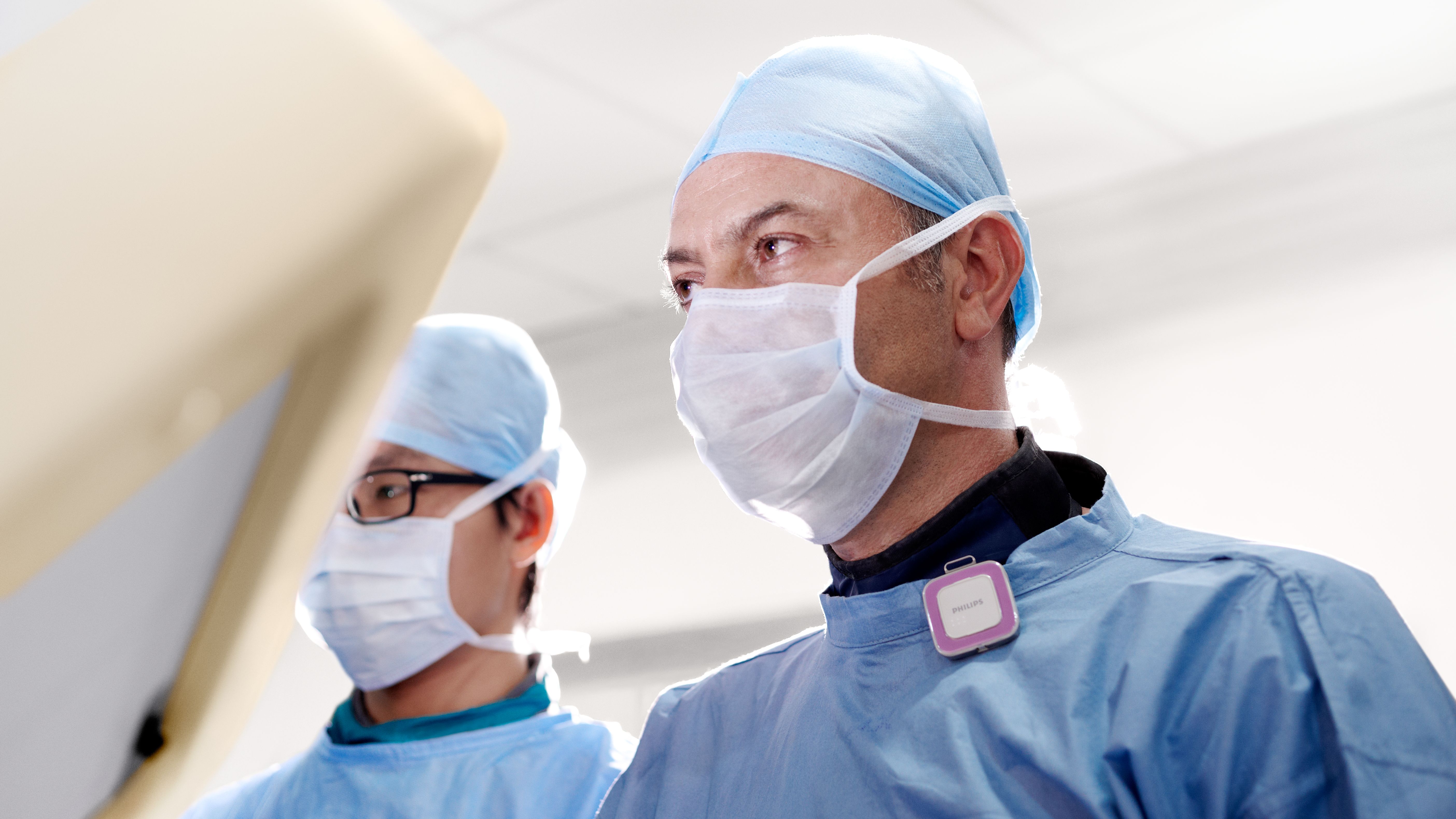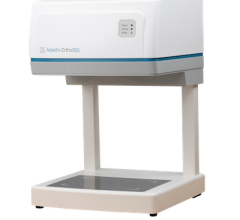
DoseWise is Philips' automated dose management platform.
Continuing education and training are essential in the healthcare industry. Physicians are required to earn a certain number of continuing medical education credits to maintain license registration, and radiologic technologists must earn a certain number of continuing education credits to maintain American Registry of Radiologic Technologists (ARRT) certification and registration. In addition to ARRT regulations, the Joint Commission recently mandated specific training and continual education for technologists that perform computed tomography (CT) exams. One of the most important parts of my job is to educate the CT technologists to help them perform their job to the best of their ability and make informed decisions involving patient radiation exposure.
When the Joint Commission mandated radiation dose monitoring, I knew it would be a challenge to manage a program of this magnitude adequately. Initially, WellStar’s radiation exposure documentation was a time-consuming manual process largely based on EMR reports. I was responsible for running, reviewing and documenting information from 16 locations that, combined, performed over 10,000 CT exams each month. While individual scanner and location issues were identifiable, comparison and tracking for system-wide improvements was nearly impossible.
Recently we installed Philips’ automated dose management platform, DoseWise, which improved the process and significantly diminished the amount of time required to complete reports. The software notifies me, via email, and records any exams that exceed the CTDIvol and/or DLP levels, automatically separating them from exams that are at or below the established levels. I can easily compare specific exams, scanners and locations, giving me the ability to identify discrepancies between protocols and procedures across more than 20 CT scanners. By comparing radiation doses and image quality I can identify where there may be potential for a reduction in radiation without compromising image quality. Being able to determine appropriate exam specific radiation doses that utilize the least amount of radiation without compromising quality has helped me establish CTDIvol and DLP values for all CT exams.
Improved Patient Care
A myriad of factors can affect patient radiation dose and cause notifications and/or alerts. Repeat exams due to patient motion, patient body habitus and over-scanning all contribute to exams “triggering” notifications and alerts. It is important to analyze and interpret results to identify areas that may benefit from process reform. Achieving system-wide conformity in the utilization of appropriate techniques and radiation dose reduction techniques ultimately leads to improved patient care.
Initially, I thought monitoring and reviewing radiation doses would be just that — monitoring and reviewing. I never expected DoseWise to become one of the most important contributors to developing a more successful ongoing educational program. Undoubtedly, continuing education credits (CEC) are beneficial to healthcare; however, each system has different areas that would benefit the most from a structured educational program designed specifically for their institution and situation. When reviewing my radiation dose charts in DoseWise, I began to notice issues occurring more frequently at certain locations and with individual technologists. None of the issues were detrimental to patients, had a negative impact on patient care or hindered diagnosis; however, areas where education could improve the system as a whole were revealed. Using that information I adapt my educational program accordingly and focus on issues that have the most significant impact on system enhancement.
Being able to identify educational opportunities allows me to determine the most effective way to approach education, whether it be subject matter, exam, location or working with a technologist one-on-one. No one earns CECs for implementing or having to participate in such a program, but with imaging guidelines continually changing, CT equipment becoming more sophisticated and technologists cross-training into CT, it is crucial to maintain a successful radiation dose monitoring program and provide quality patient care.
While not always easy, staff education is a significant component of my dedication to continue WellStar’s commitment to delivering world-class healthcare.
Case study supplied byPhilips Healthcare.


 December 10, 2025
December 10, 2025 









